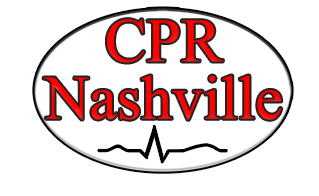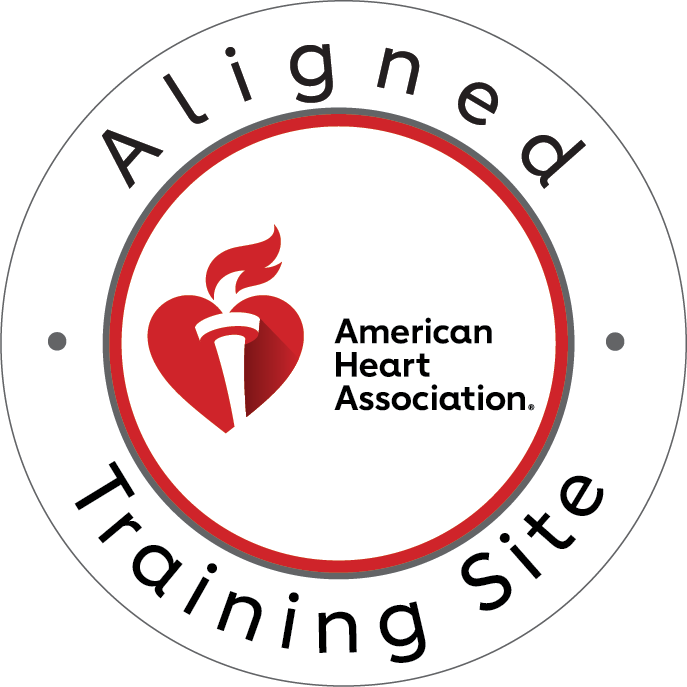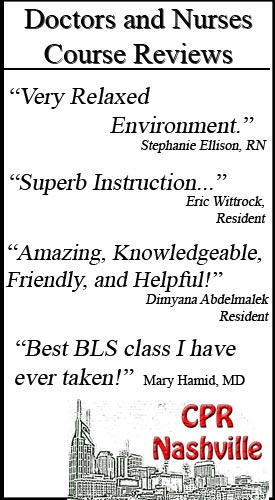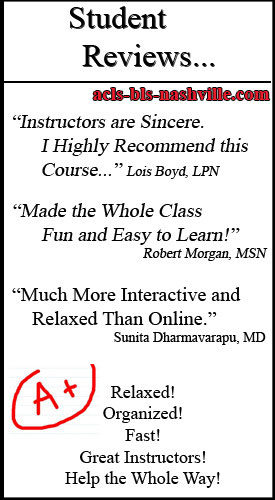Choking is one of the most urgent and life-threatening emergencies someone can face. When an object blocks the airway, oxygen cannot reach the lungs and brain, leading to unconsciousness within minutes. In these situations, knowing how to respond quickly and correctly can mean the difference between life and death. If the choking victim becomes unresponsive, the steps for performing CPR (Cardiopulmonary Resuscitation) change slightly but significantly. Recognizing these differences is crucial for anyone who may find themselves in a position to help. For those looking to be fully prepared, CPR Nashville offers top-rated, hands-on CPR and First Aid training that equips individuals with the confidence and skills needed to act fast in emergencies.
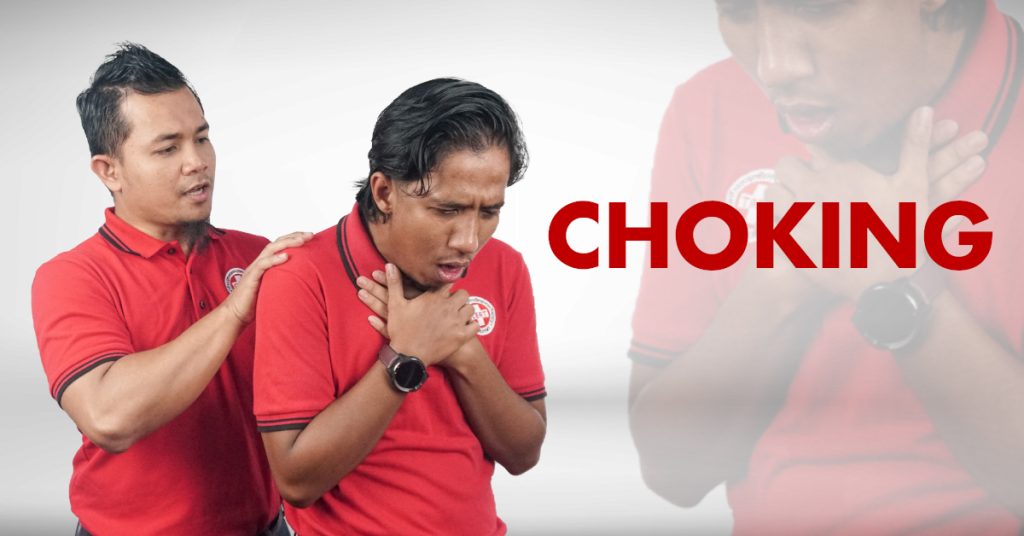
How CPR Differs in an Unresponsive Adult Choking Victim
CPR for an unresponsive adult choking victim is different from standard CPR because of the underlying cause: an airway obstruction. In standard CPR, the airway is usually clear, and the goal is to restart a stopped heart. In contrast, when someone becomes unresponsive due to choking, the immediate goal is to dislodge the object blocking the airway while also maintaining circulation through chest compressions. This dual focus—clearing the airway and supporting blood flow—makes CPR for a choking victim uniquely challenging.
One of the key differences lies in how you handle the airway. Normally, after 30 compressions, you provide two rescue breaths. But in a choking scenario, those breaths may be ineffective until the obstruction is cleared. That’s why chest compressions are even more critical in this situation—not only do they circulate blood, but they also generate pressure in the chest, which can help expel the object blocking the airway. In effect, the compressions serve a double purpose: keeping the person alive and potentially solving the problem at its source.
What Should You Do If an Adult Choking Victim Becomes Unresponsive?
So, what exactly should you do if an adult choking victim becomes unresponsive? First, lower the person carefully to the ground to prevent injury. Immediately call 911 or instruct someone nearby to make the call. Don’t delay—time is of the essence. Once on the ground, begin CPR right away, starting with chest compressions. It’s important to note that you should never perform a blind finger sweep to search for the object. Doing so could push the blockage deeper into the airway, making the situation worse. Only remove an obstruction if you can see and reach it.
How Do You Perform CPR on an Unresponsive Choking Victim?
Performing CPR on an unresponsive adult choking victim follows a specific sequence. Start with 30 chest compressions, pressing hard and fast at a depth of about 2 inches and a rate of 100 to 120 compressions per minute. After the compressions, open the airway by tilting the head back and lifting the chin. Look into the mouth—if you see an object, try to remove it carefully using a finger, but only if it is visible and within reach. Never sweep the mouth blindly, as this can cause further harm.
Next, attempt to give two rescue breaths. Watch closely to see if the chest rises. If it doesn’t, reposition the head and try again. A lack of chest rise likely indicates that the airway is still blocked. In that case, continue cycles of 30 compressions followed by two breaths, checking the mouth each time before giving breaths. Keep going until emergency responders arrive or the person starts breathing on their own. This approach ensures that you’re doing everything possible to maintain oxygen delivery while trying to clear the obstruction.
When and How to Check for the Obstruction
Knowing when and how to check for the obstruction is critical. After every set of chest compressions and before attempting rescue breaths, take a moment to visually inspect the mouth. If you can see the object and it’s close enough to grasp, remove it gently. However, if you don’t see anything or if it’s too deep, resist the urge to reach in blindly. Misjudging this step can turn a dangerous situation into a deadly one.
The Importance of CPR Training for Choking Emergencies
This is why high-quality CPR training is so important. In real-life emergencies, stress and fear can cloud judgment. Hands-on practice helps build the muscle memory and confidence needed to perform life-saving actions under pressure. CPR Nashville offers American Heart Association-certified training in a supportive, low-stress environment that prepares you for real emergencies. Whether you’re a healthcare provider or a concerned family member, their courses—ranging from Basic Life Support (BLS) to Advanced Cardiovascular Life Support (ACLS), Pediatric Advanced Life Support (PALS), and First Aid—are designed to empower individuals with essential skills.
Conclusion
Acting quickly and correctly during a choking emergency saves lives. When someone loses consciousness due to an airway blockage, knowing how CPR differs in this scenario can be the difference between a successful rescue and a tragic outcome. By learning how to perform CPR for an unresponsive choking victim, you can be ready to help when every second counts. Don’t wait for an emergency to learn what to do—enroll in a CPR Nashville course today and equip yourself with the knowledge and hands-on experience that could help you save a life.

